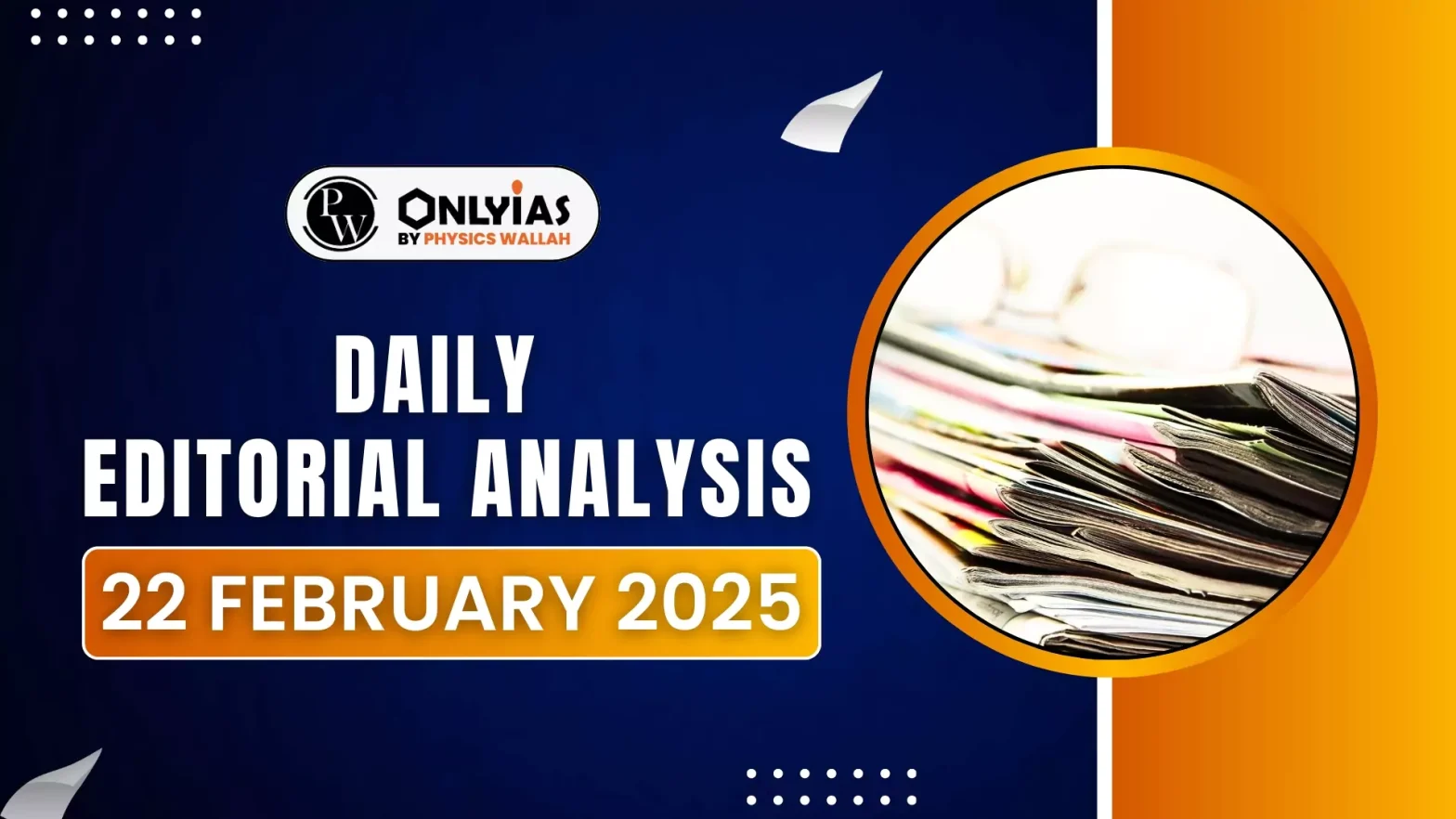Recently, the Indian Prime minister’s official visit to the U.S. strengthened bilateral ties and boosted economic cooperation, reaffirming the strong partnership between both nations.
India-U.S. Relations
- Bilateral Trade Agreement (BTA): It aims to reduce trade barriers and streamline regulatory processes. Encourages U.S. companies to invest in India and integrate Indian firms into their supply chains.
- Trade Target: $500 Billion by 2030. Ambitious but achievable with sectoral sub-targets. Focus on easier cross-border procedures to boost trade.
- Export Focus:
- U.S. to India: Industrial goods, technology, and agricultural products.
- India to U.S.: Labour-intensive goods like textiles, garments, IT, and pharma.
- Greenfield investments encouraged, including Indian firms in the U.S.
- Economic Impact: Confederation of Indian Industry (CII) backed this target in its 2020 report. Highlights key sectors like IT, pharma, and textiles benefiting from “Mission 500”.
- Benefits of BTA: Enhances U.S. market access for Indian exports. Facilitates greater U.S. investment and technology transfer to India.
- Strategic Tech Partnership: Transforming the Relationship Utilizing Strategic Technology (TRUST) strengthens collaboration in defence, AI, semiconductors, quantum computing, biotechnology, energy, and space.
- Encourages private sector cooperation with governments and academia. INDUS Innovation Initiative to accelerate R&D in cutting-edge sectors.
- Digital Infrastructure Growth: India-U.S. Roadmap on AI Infrastructure to boost data centres, computing power, and AI models. Expands funding for Indian AI startups in fintech, healthtech, agritech, benefiting the Global South.
- Defence Collaboration 10-Year U.S.-India Major Defense Partnership Framework signifies a new era in bilateral defence ties. Agreements for technology transfers, joint production, and industrial collaboration.
- Offset clauses could benefit indigenous manufacturing, skill development, and economic growth.
- Energy Cooperation: India diversifying energy sources with U.S. support for hydrocarbon production. Collaboration on Small Modular Reactors (SMRs) in line with India’s net-zero targets.
- U.S. can serve as a stable energy supplier, strengthening India’s energy security.
- Infrastructure Expansion: India-Middle East-Europe Economic Corridor (IMEC) to accelerate joint railway, roadway, smart city, and industrial zone projects. Undersea cables linking India and the U.S. to enhance digital economy and services exports.
- Higher Education: U.S. institutions to establish campuses in India, enhancing access for Indian students. Streamlined legal mobility to facilitate student and professional exchanges.
- Industry Collaboration: Indian industry to collaborate with both governments to drive policy reforms. Focus on pro-business policies and ensuring industry feedback in implementation.
- Strengthening global partnerships to position India as an economic powerhouse.
Conclusion
PM Modi’s U.S. visit goes beyond diplomacy, serving as a blueprint for India’s economic and technological advancement through strategic global partnerships.
![]() 22 Feb 2025
22 Feb 2025

